THE BEST ENERGY-BOOSTING FOOD COMBINATIONS
Whether you’re facing a struggle at work or getting ready for a two-hour bike ride, a nutritious diet provides fuel for life. Your energy is directly impacted by what you consume, so variety is crucial.
“Combining the three macronutrients—carbohydrate, protein, and fat—in your meals will help you have a more steady energy level throughout the day because you won’t have peaks and valleys in your blood sugar level,” says Bob Seebohar, a board-certified specialist in sports dietetics and former sports dietitian for US Olympic teams.
Your physical and mental endurance depends on all three. The body converts carbohydrates into glucose, which is then either used right away as fuel or stored in the muscles and liver for later use. Complex carbohydrates digest more slowly and have a less pronounced effect on blood sugar levels than simple carbohydrates, which are broken down more quickly.
Proteins are responsible for delivering glucose, oxygen, and other nutrients in the bloodstream. Protein is broken down into amino acids, which are utilised to create muscle and maintain the neurological system and brain. When your muscles have used up all of your glycogen stores, your body turns to fat for additional energy. Fat is a component of all cell membranes and is essential for cell signalling, which is crucial for appropriate cell functioning.
HOW TO BALANCE YOUR BLOOD SUGAR WITH THE OPTIMAL RATIO
Seebohar suggests a less complicated strategy to manage blood sugar, which is essential for enhancing energy: Try to keep the grammes of protein to carbohydrates between 1:1 and 2:1. It’s not always necessary to take fat into account because it’s already present in the majority of protein sources, he claims. (Only make sure the protein source is lean and of excellent quality, as well as the fat it includes.) Examining your plate can help you determine whether your portions are appropriate: If you’re aiming for a 2:1 ratio, make sure that two portions of the meal are made up of complex carbohydrates and the third portion includes protein, advises Seebohar.
Focus on complex carbohydrates (whole grains, vegetables, and some fruits, such as apples and berries) while preparing meals and snacks, coupled with protein (poultry, fish, nuts, seeds, legumes, and beans), and healthy fats (from nuts and nut butters, fish, olive oil, and avocados). Saturated and trans fats, which are present in processed meals, fatty meat cuts, and fried foods and which raise LDL cholesterol and the risk of heart disease, are examples of “bad” fats. Both monounsaturated and polyunsaturated fats are considered “good” fats. Despite having more calories per gramme than either carbohydrates or proteins—9 calories per gramme of fat against 4 for both—fats aid in maintaining satiety.
REMEMBER YOUR VITAMINS AND MINERALS TO BOOST ENERGY
9 ENERGY-BOOSTING FOOD COMBOS TO TRY
These nutritious and tasty options are ideal as a snack or meal to maintain blood sugar balance, your energy, and your focus.
Whole-grain crackers topped with canned tuna
A grass-fed beef stick along with berries
Lettuce rolls with smashed avocado, broccoli sprouts, and a few slices of turkey or smoked salmon
Two hard-boiled eggs wrapped in romaine lettuce along with a UCAN Cherry Berry Almond Bar made with SUPERSTARCH™, a low-glycemic complex carbohydrate that delivers sustained energy and stabilises blood sugar.
Black beans and shredded cheese on a corn tortilla
A blueberry, spinach, zucchini, and avocado smoothie with UCAN Energy + Protein (made with SUPERSTARCH and added whey or pea protein) blended with almond or coconut milk
A yogurt parfait with plain Greek yogurt, berries, and nuts
A spinach salad with sliced avocado, pumpkin seeds, and a little of your favourite dressing
Whole-grain toast topped with your favourite nut butter with fresh berries sprinkled on top


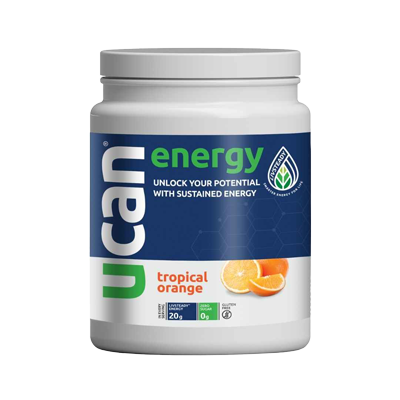
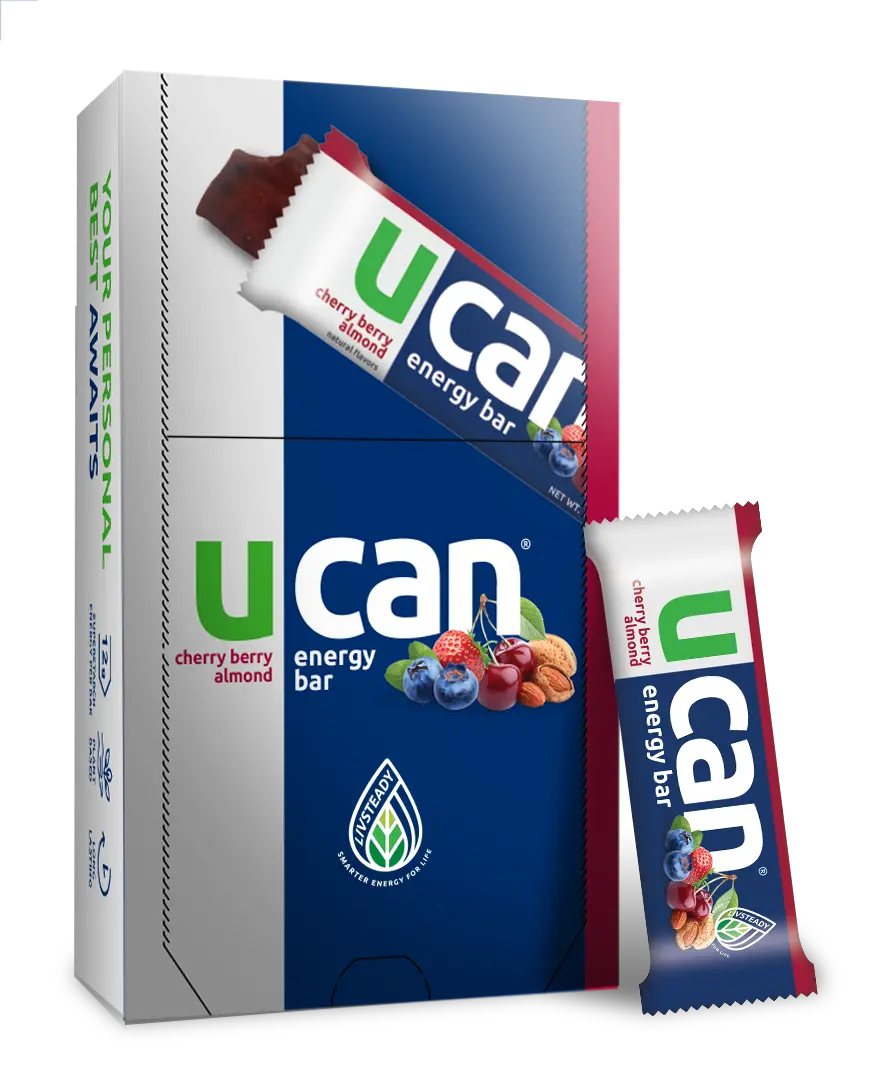
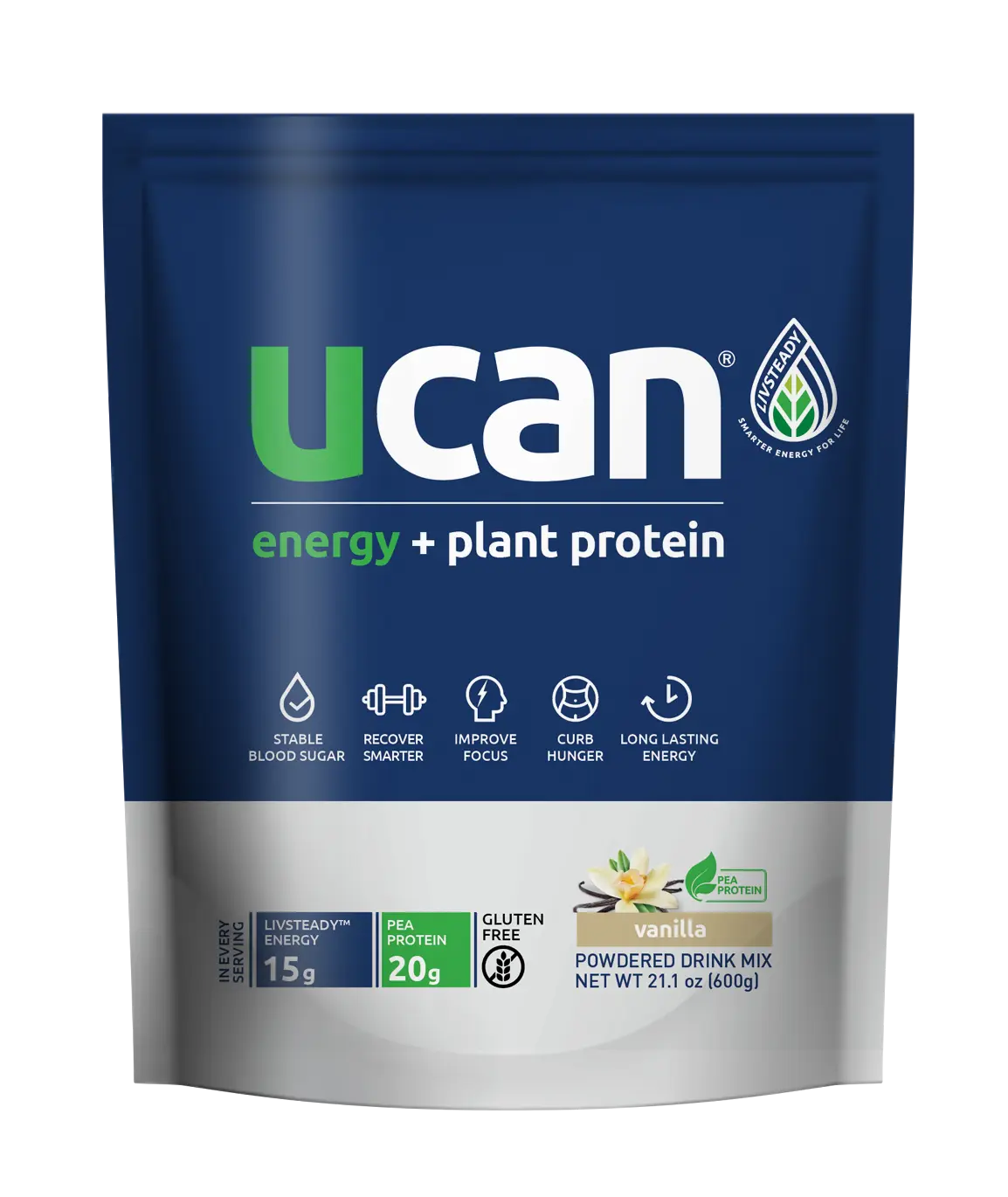
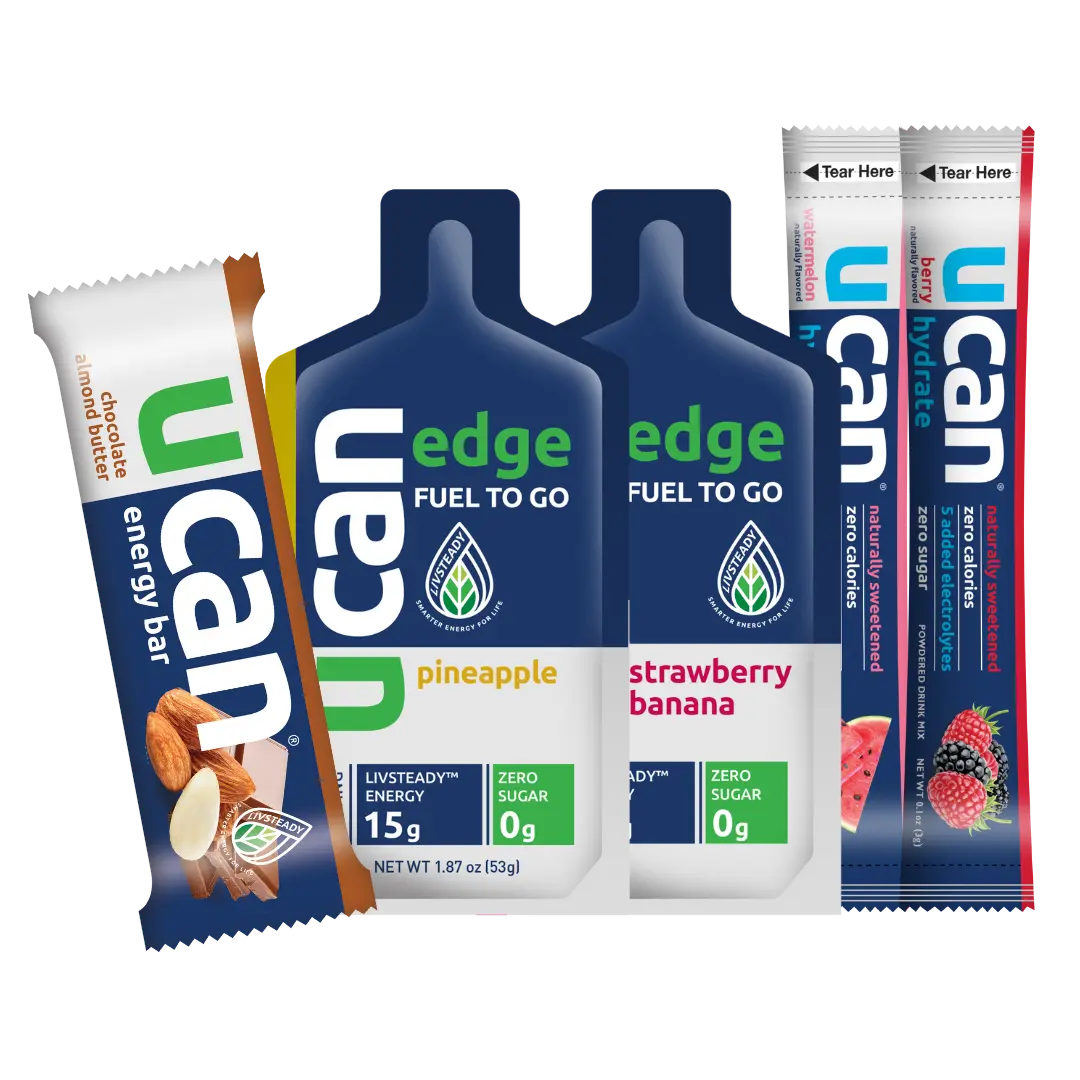

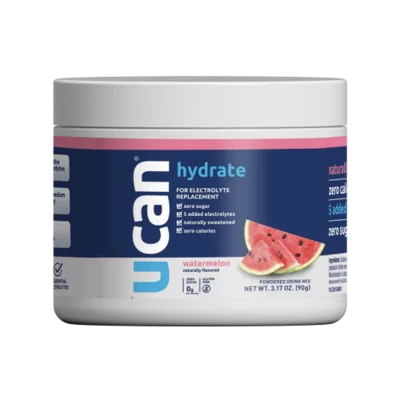
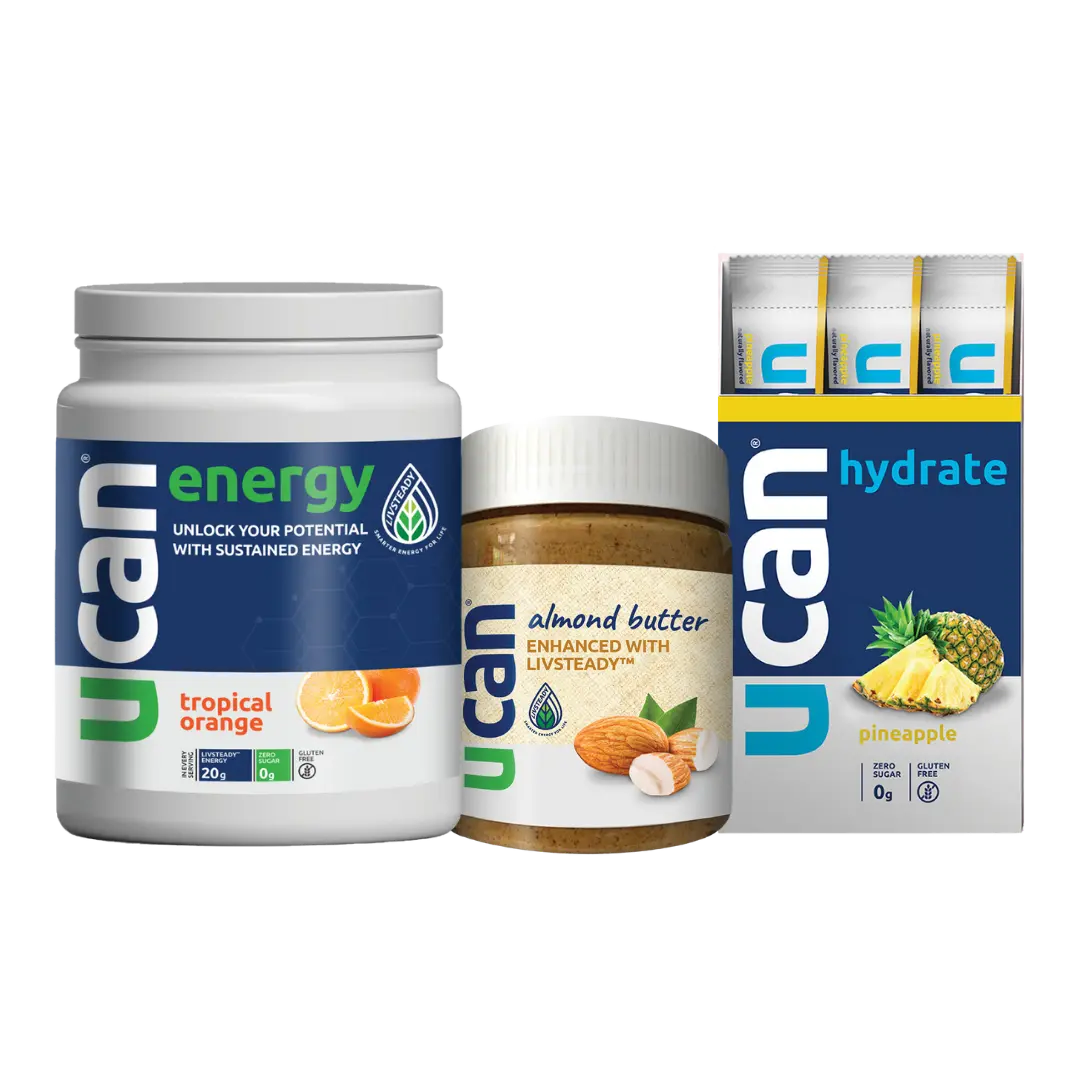
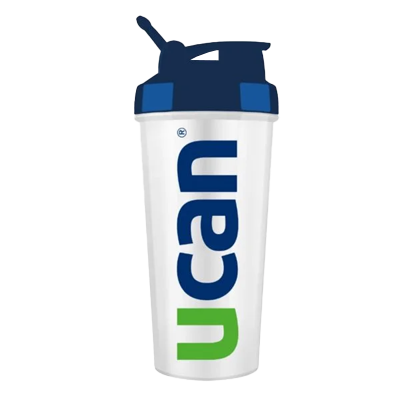





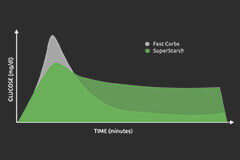

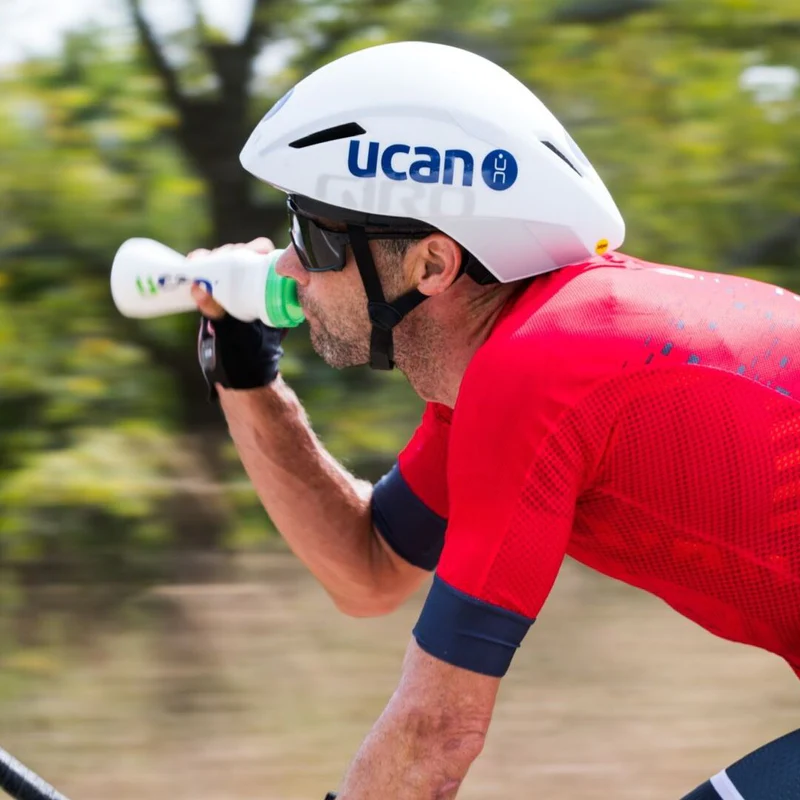

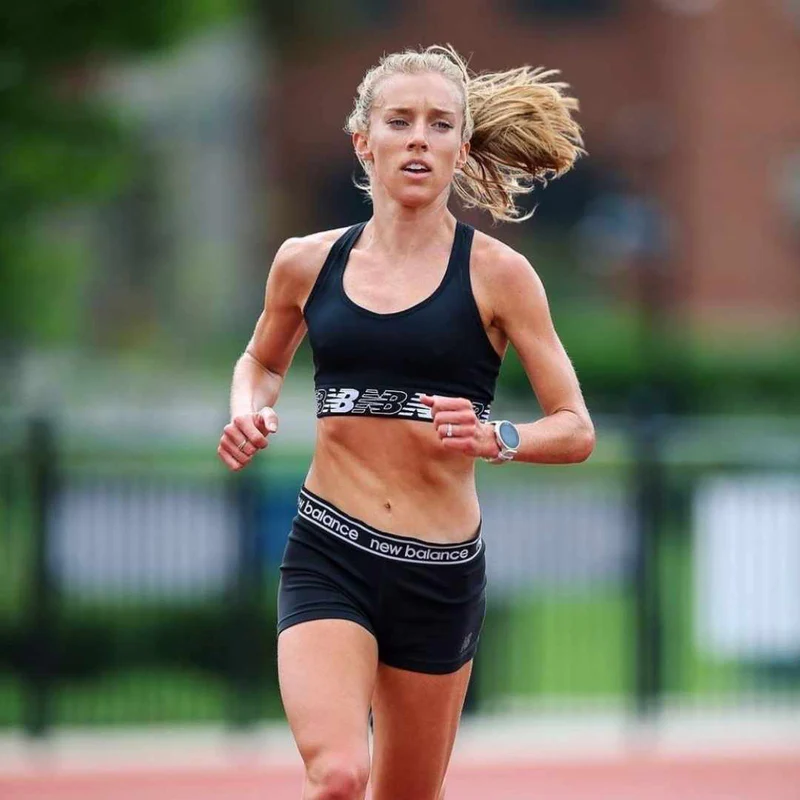



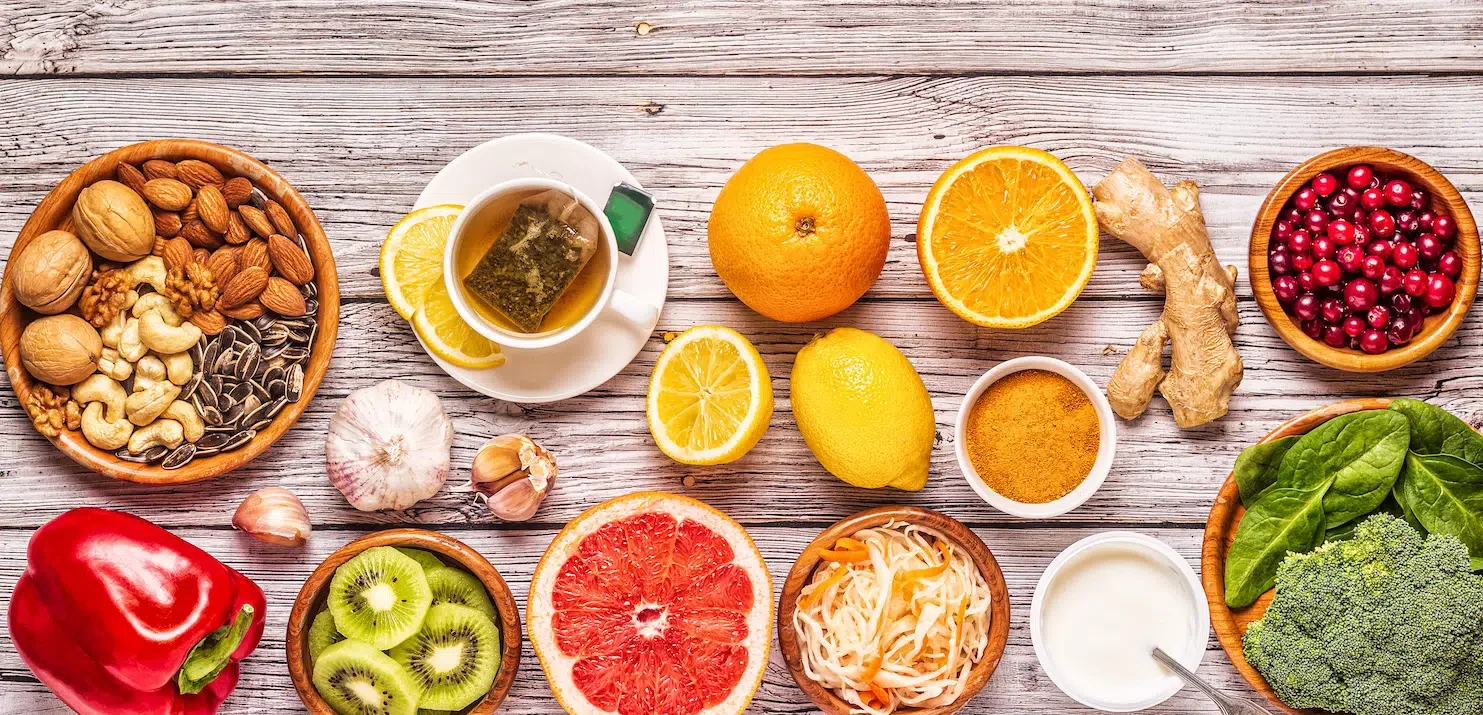
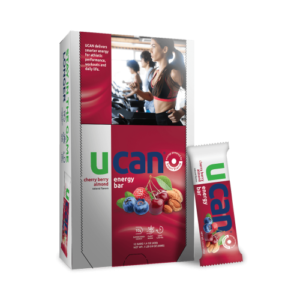
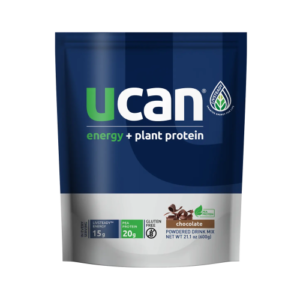







Add comment